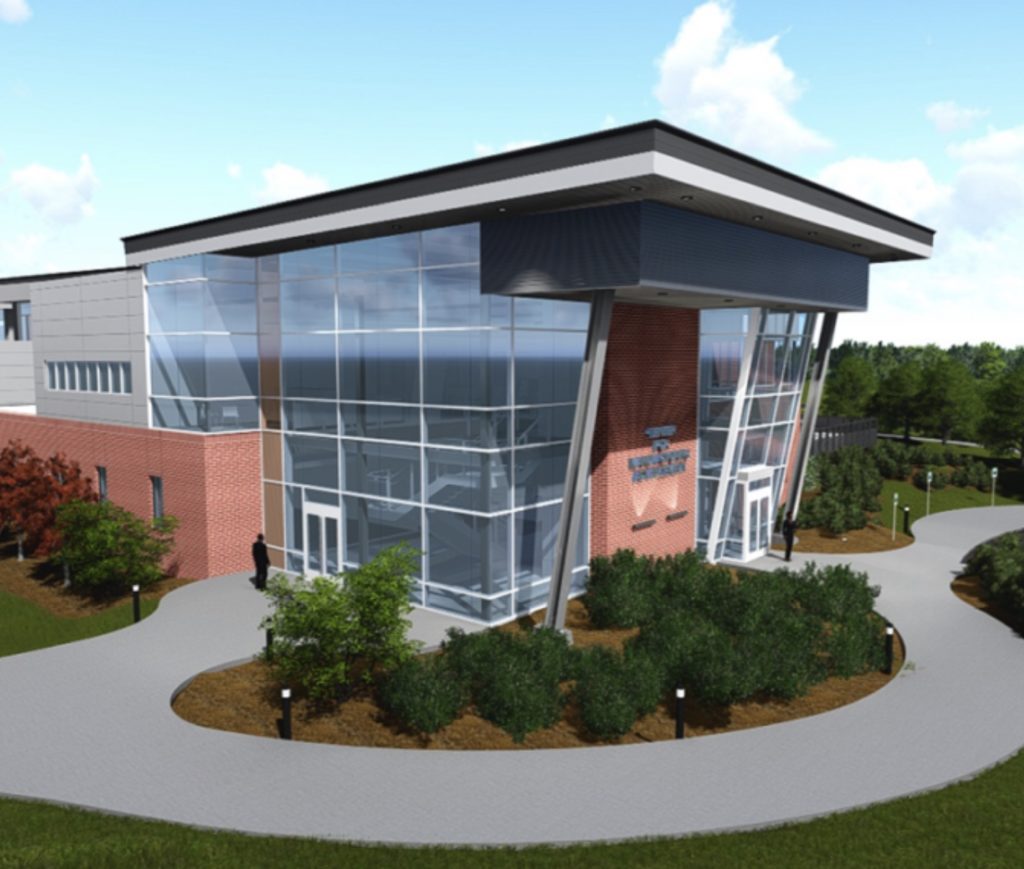The Navy’s Additive Manufacturing Center of Excellence
About the funding, Virginia Governor Glenn Youngkin said, “As we strive to make Virginia the best place for veterans to live, work and raise a family, I am thrilled to announce the groundbreaking of our new IALR Center for Manufacturing Advancement in Danville. This partnership will diversify, transform and grow Southern Virginia’s production capability for the Submarine Industrial Base as well, marking another major win for Virginia’s defense economy and labor market.”Telly Tucker, President of IALR, commented, “The advancements that are to come out of the Center for Manufacturing Advancement will have significant implications for developing the processes that support manufacturing expansion, as well as the workforce needed to support that growth. Today’s manufacturing and workforce challenges require comprehensive and innovative approaches to the way industry collaborates, along with significant investments in infrastructure, equipment and people. The CMA fosters each of these obligations in a way that will benefit the region, the Commonwealth, and the country.”
Big Plans for Underwater Vessels
Addressing the Naval Supply Chain
Subscribe to Our Email Newsletter
Stay up-to-date on all the latest news from the 3D printing industry and receive information and offers from third party vendors.
You May Also Like
3D Printing Unpeeled: New Arkema Material for HP, Saddle and Macro MEMS
A new Arkema material for MJF is said to reduce costs per part by up to 25% and have an 85% reusability ratio. HP 3D HR PA 12 S has been...
3D Printing News Briefs, January 20, 2024: FDM, LPBF, Underwater 3D Printer, Racing, & More
We’re starting off with a process certification in today’s 3D Printing News Briefs, and then moving on to research about solute trapping, laser powder bed fusion, and then moving on...
3D Printing Webinar and Event Roundup: December 3, 2023
We’ve got plenty of events and webinars coming up for you this week! Quickparts is having a Manufacturing Roadshow, America Makes is holding a Member Town Hall, Stratafest makes two...
Formnext 2023 Day Three: Slam Dunk
I’m high—high on trade show. I’ve met numerous new faces and reconnected with old friends, creating an absolutely wonderful atmosphere. The excitement is palpable over several emerging developments. The high...
































